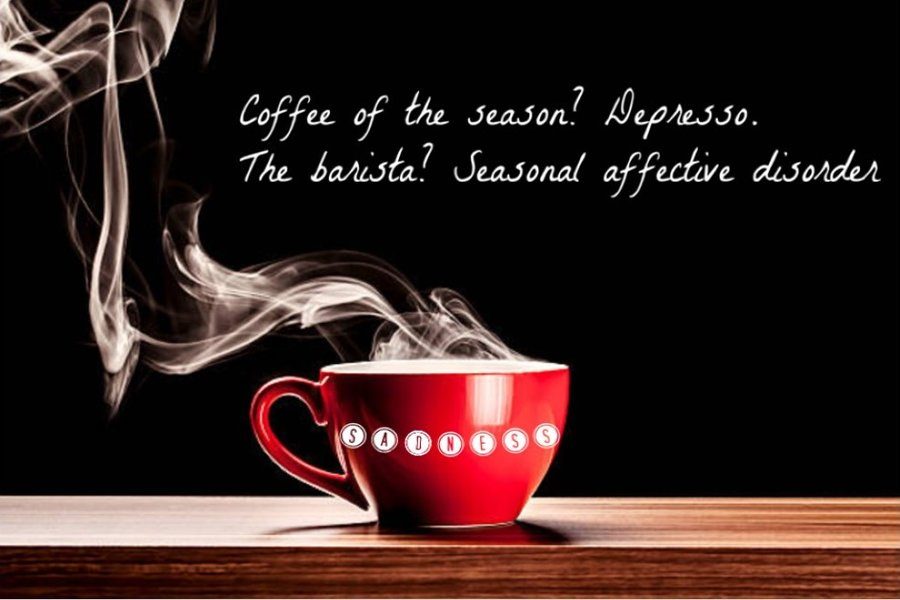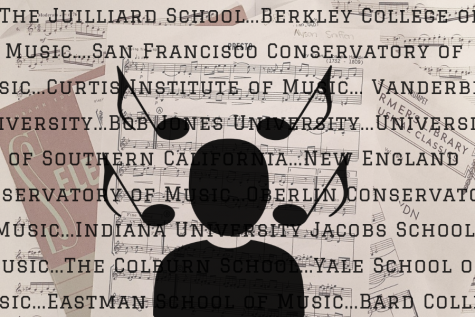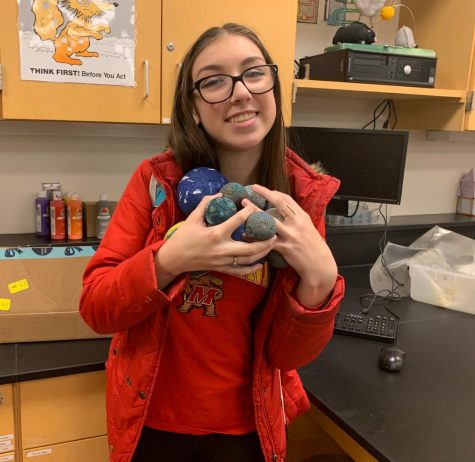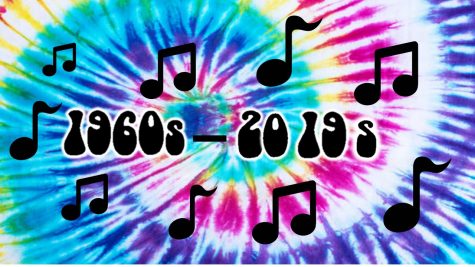Coffee of the season? Depresso. The barista? Seasonal affective disorder
Seasonal affective disorder impacts many during the holiday season.
December 7, 2018
Have you ever felt especially irritated at the cold weather? Positively peeved it isn’t warm anymore? Despairingly depressed with how the world just is? Chances are that you’re experiencing a few symptoms of affective disorder, also known as SAD.
SAD is a seasonal depression, meaning it only strikes during specific times of the year and has similar, yet less severe, symptoms compared to chronic and manic depression. Additionally, exactly when people experience SAD depends on them personally. A majority of those who suffer from SAD experience it in the winter, but there are those who are affected by it during the summer.
“From January to March, I’m never in a good mood. Like, ever.” said Emily Webb, an editor here at the Lance.
To be legitimately diagnosed with SAD, someone would have to experience the symptoms of serious depression for several weeks in a row for at least two years, according to the National Institute of Mental Health. However, anyone could be experiencing SAD at any given moment so long as their legitimate depressive symptoms are a result of the current environmental conditions.
It should be stressed that SAD is a medical condition, and a debilitating one at that. As a form of depression, it is likely genetic and doesn’t have a cure, which makes life harder on those who live with it.
A direct, albeit risky, method of treatment is medication. Medication really should be taken at the discretion of a doctor, and only after a diagnosis. While taking medication could be an efficient way of clearing up depressive symptoms, they aren’t without possible side effects. Again, discussion with a professional is seriously advised when it comes to antidepressants. While not inherently addictive, antidepressants are often taken long after they should be in order to stave off withdrawal symptoms.
It’s worth noting that the decreasing amount of sunlight in the day does play a part in SAD. The absence of sunlight and the changing of seasons likely causes a drop in serotonin and/or an imbalance of melatonin, which are chemicals in your brain that affect your mood. While not intended to help with SAD symptoms, daylight saving time (in the Autumn, mind you) does give us an extra hour early in the day. Of course this hour is only good for a few weeks before we’re back to dark early mornings, but it is nice while it lasts.
In Scandinavia, where it’s usually cold and dark, the governments of Norway and Sweden have been trying out something called light therapy on a large scale. Light therapy itself isn’t new, and has been used for years in northern countries. The constant dark winter brings to northern areas disrupts our biological clock. At night, when it’s dark, the brain releases more melatonin than it does during the day, when it’s light. “If someone’s biological clock is running slow and that melatonin rhythm hasn’t fallen, then their clock is telling them to keep on sleeping even though their alarm may be going off and life is demanding that they wake up,” says Kelly Rohan, a professor of psychology at the University of Vermont.
Whether this is achieved by using artificial light or setting up large mirrors to reflect the light already around, the outcome is the same. People in the U.S. have our own form of light therapy: Christmas lights. While not an actual treatment for SAD, the presence of bright, complimentary lights has a tendency to make people more cheery and less dreary. This is the easiest and safest quasi-treatment. Luckily, as December 21st (the darkest day of the year) approaches, Christmas lights go up which can lessen SAD symptoms. After Christmas, January is the next hurdle for those suffering from SAD.













